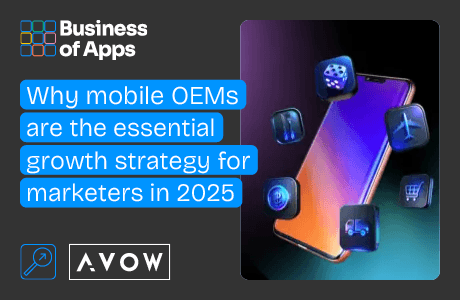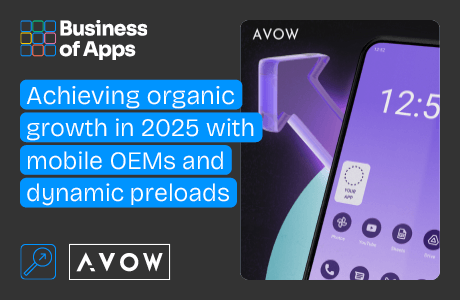$88 billion. That’s how much digital advertising fraud cost marketers globally in 2023, with losses expected to reach $172 billion by 2028. AppsFlyer reports that 15% of global mobile media spend is wasted on fraud – lost to click fraud, bot-driven installs, and invalid traffic before ads even reach real users.
Fraud is a silent budget killer. Without effective bot traffic detection and fake traffic prevention, fintech marketers risk optimizing campaigns based on fake data—leading to inflated CPAs, wasted spend, and poor decision-making. Ad networks often exacerbate the problem by aggregating traffic from multiple sources, many of which are unverified.
The result? Fintech startups burn through acquisition budgets without achieving real user growth, while fraudsters thrive on broken attribution models.
The traffic trap: How fake installs and clicks distort campaigns
Ad fraud doesn’t just waste money – it warps the very metrics marketers depend on. Every fake install or click inflates CPAs and skews LTV, making it harder to scale effectively.
Aggregated traffic from broad networks often brings in low-quality or incentivized installs. Fraudsters exploit this complexity through domain spoofing, ad stacking, and click injection, distorting user acquisition performance.
“Ad fraud is never going away. But it doesn’t have to define your results—marketers just need to take the right steps to spot it and stop it.”
— Charles Manning, CEO, Kochava
For fintech, the stakes are higher. Fraudulent data undermines investor trust and warps growth forecasts—risking more than just ad performance.
Beyond traffic: The reputational risks of unverified sources
Fraud can reach beyond installs and into your app’s integrity. In 2024, a trojan named Necro loader infected over 11 million devices worldwide via malicious ad SDKs. It could launch invisible ads, execute code remotely, and sign up users for paid services – without consent.
The source? An unverified ad integration used by two high-profile apps on Google Play. Both were removed after mass infections, but the damage – to user trust and developer reputation – was already done.
For fintech apps built on trust, this isn’t just a performance issue – it’s an existential one.
Fighting back: Real solutions for real users
To fight fraud, fintech marketers must prioritize clean traffic and transparency. Tools like AppsFlyer provide real-time fraud detection, filtering out invalid traffic before it skews results.
But detection is only half the solution. Where ads appear matters too.
That’s where AVOW comes in. As a specialist in mobile OEM advertising, AVOW helps fintech brands run campaigns across secure, fraud-resistant ecosystems – including Samsung, Xiaomi, Huawei, OPPO, vivo and more. Advertisers bid directly on the device, cutting out intermediaries and ensuring full transparency and brand safety.
Combined with AVOW’s appographic and behavioral targeting, fintech apps can reach high-intent users ready to apply for a loan, fund an account, buy crypto, trade stocks, make a purchase, and more.
It’s a model that’s already delivering results. Kredivo, one of Southeast Asia’s top digital credit platforms, achieved a 46% install-to-loan application conversion rate through AVOW’s OEM partnerships.
“What’s really interesting about working with AVOW is that they drive less fraud traffic. This helps us a lot because it allows us to focus on finding new users without having to worry so much about fraud.”
— Kelvin Saputra, Kredivo (Behind the Apps Mobile Marketing Podcast)
The bottom line
Fraudulent traffic isn’t just draining budgets – it’s skewing growth, corrupting data, and eroding trust in a sector built on credibility. For fintech marketers, cleaning up traffic isn’t optional – it’s foundational to sustainable growth.
By combining real-time fraud detection with transparent, fraud-resistant channels like mobile OEM advertising, fintech brands can finally focus on acquiring real users – not chasing misleading metrics. And with partners like AVOW helping navigate these ecosystems, it’s easier than ever to reach high-quality users where it really counts.










